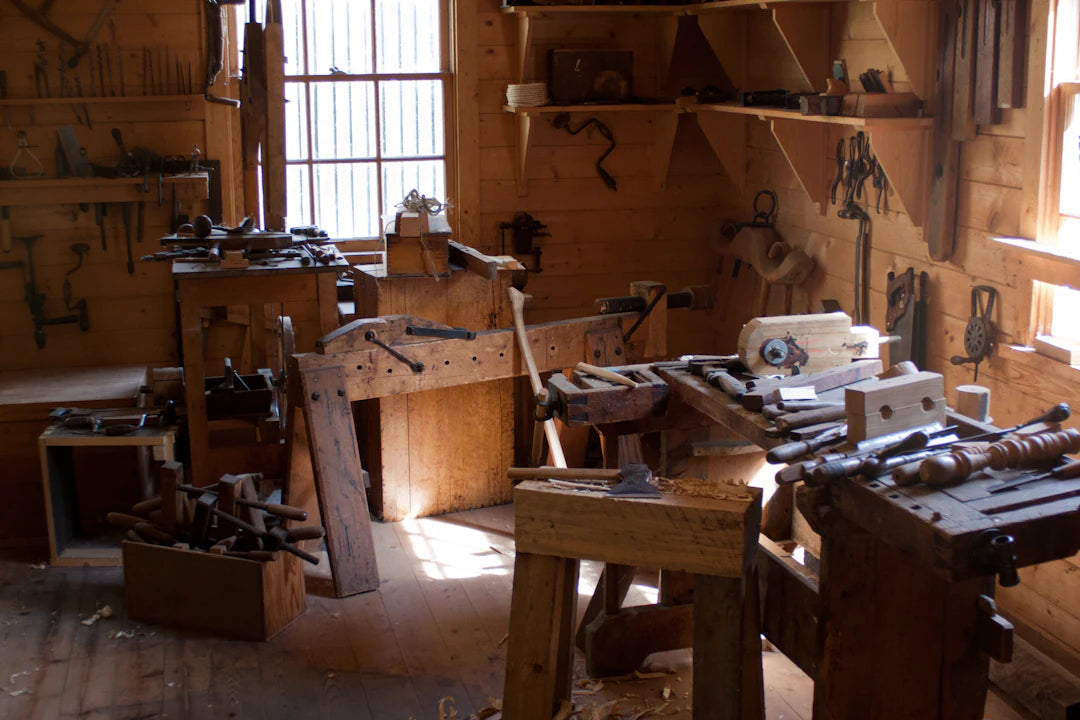Frequently Asked Questions
1. What is formwork and its purpose in construction?
2. Why is plywood considered a good choice for formwork?
3. How does plywood compare to steel, plastic, and aluminum formwork?
4. In what types of projects is plywood commonly used?
5. What tips can maximize the benefits of plywood formwork?
When it comes to construction and woodworking, choosing the right materials is essential for achieving the best results. Among various options, plywood has emerged as a popular choice for formwork. This article delves into the key differences between plywood and other formwork options, offering insight into why you might consider plywood for your next project. We’ll also explore terms like "Form Basic" and the benefits of using a medium density overlay. Read on to discover the best strategies for selecting the right formwork material.
Understanding Formwork: A Quick Overview
Formwork is used in the construction industry to shape and support concrete until it hardens. It provides crucial support, ensuring that the concrete maintains its shape while setting. Typically, formwork can be made from a variety of materials, including wood, steel, aluminum, and plastic. Each option has its own set of advantages and disadvantages, which we will further explore.
Plywood: The Gold Standard for Formwork
Plywood is made from layers of wood veneer that are glued together. This composition gives it strength and versatility, making it an excellent choice for formwork. Let’s dive deeper into some advantages of using plywood in place of other materials.
Benefits of Using Plywood for Formwork
- Strength: Plywood is engineered to provide high strength-to-weight ratios, making it capable of holding substantial weight without bending or warping.
- Cost-Effectiveness: Compared to steel or aluminum, plywood can be more affordable. This aspect is especially beneficial for large projects where material cost is a significant factor.
- Ease of Use: Plywood is incredibly easy to work with, whether cutting, nailing, or adjusting. Its lightweight nature simplifies handling on-site.
- Versatile Finishes: With options like medium density overlay, plywood can be finished to create a smooth surface for pouring concrete, ensuring a quality final product.
Comparing Plywood to Other Formwork Options
While plywood offers numerous advantages, it’s important to consider how it stacks up against other common formwork options.
Steel Formwork
Steel formwork is durable and reusable, making it suitable for large construction projects. However, it comes with significant drawbacks:
- Weight: Steel is heavy, requiring specialized equipment for installation and removal.
- Cost: The initial investment in steel formwork can be high, potentially outweighing the benefits unless used for very large projects.
- Heat Conductivity: Steel can absorb heat, potentially causing issues with curing concrete in hot weather.
Plastic Formwork
Plastic formwork is lightweight and resistant to corrosion, which makes it a viable choice for specific scenarios. However, it does have limitations:
- Durability: While plastic is resistant to moisture, it is less durable than plywood or steel, potentially leading to higher replacement costs in the long run.
- Surface Finish: Plastic may not provide the best surface finish compared to plywood with a medium density overlay, which can ensure a smoother concrete surface.
Aluminum Formwork
Aluminum formwork is another alternative, known for its high strength and reusability. Here are some pros and cons:
- Strength to Weight Ratio: Aluminum is lightweight and can be easily transported and set up.
- Cost: While more affordable than steel, aluminum can still be pricier than plywood, especially for smaller projects.
- Corrosion Resistance: Aluminum does not rust, unlike its steel counterpart, but it can be prone to scratches and dents.
Application Scenarios for Plywood Formwork
Understanding where plywood excels can help you determine if it’s the right choice for your project.
Residential Construction
Plywood is frequently used in residential construction for formwork due to its affordability and ease of use. From foundations to walls, plywood can provide reliable support while saving on costs.
Commercial Projects
In larger commercial projects, using plywood in combination with a medium density overlay can yield a visually appealing concrete finish. This can enhance aesthetic appeal while also ensuring structural integrity.
DIY Projects
For DIY enthusiasts, plywood offers a manageable solution for smaller-scale projects. Its lightweight nature and easy handling mean that even novice builders can enjoy working with it.
Maximizing Plywood's Benefits: Tips and Tricks
To ensure you're getting the most out of your plywood formwork, consider the following tips:
- Choose Quality Materials: Opt for high-grade plywood that has a smooth surface and fewer voids, especially when using medium density overlays.
- Proper Sealing: Seal your plywood to prevent moisture absorption, which can weaken the structure over time.
- Design for Reuse: Plan your plywood layout with reuse in mind, maximizing cost-effectiveness for future projects.
- Regular Inspection: Periodically check your formwork for any signs of wear or damage, ensuring it maintains its structural integrity.
The Closing Notes: Embrace the Power of Plywood
In the world of formwork options, plywood stands strong as a reliable, versatile, and cost-effective choice. Whether you're involved in industrial construction or handling a DIY project, understanding the key differences and advantages of plywood over other formwork options can lead to more successful outcomes. From its inherent strength to the beautiful finishes achievable with medium density overlay, plywood may just be the secret weapon you need to elevate your projects. So, the next time you think about form Basic materials, remember the powerful potential that plywood holds!

